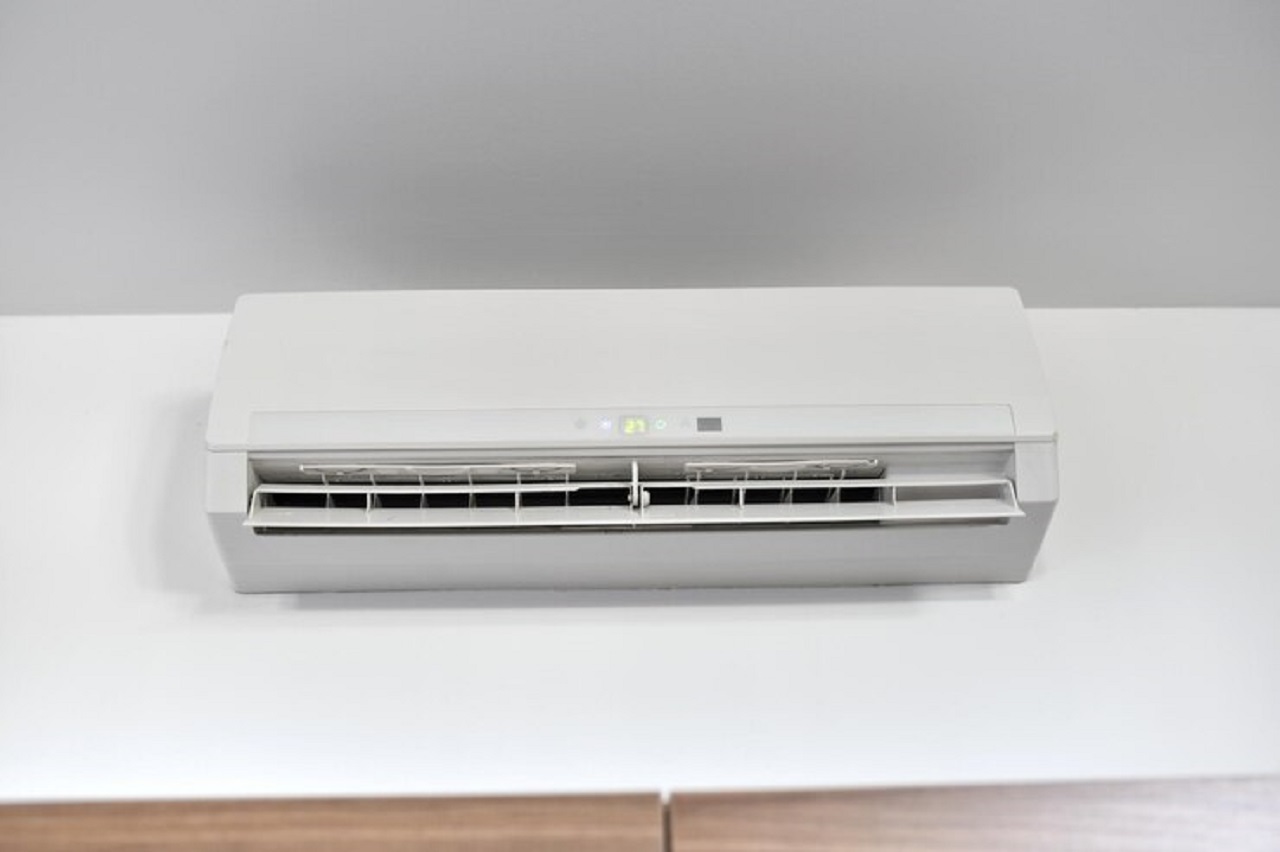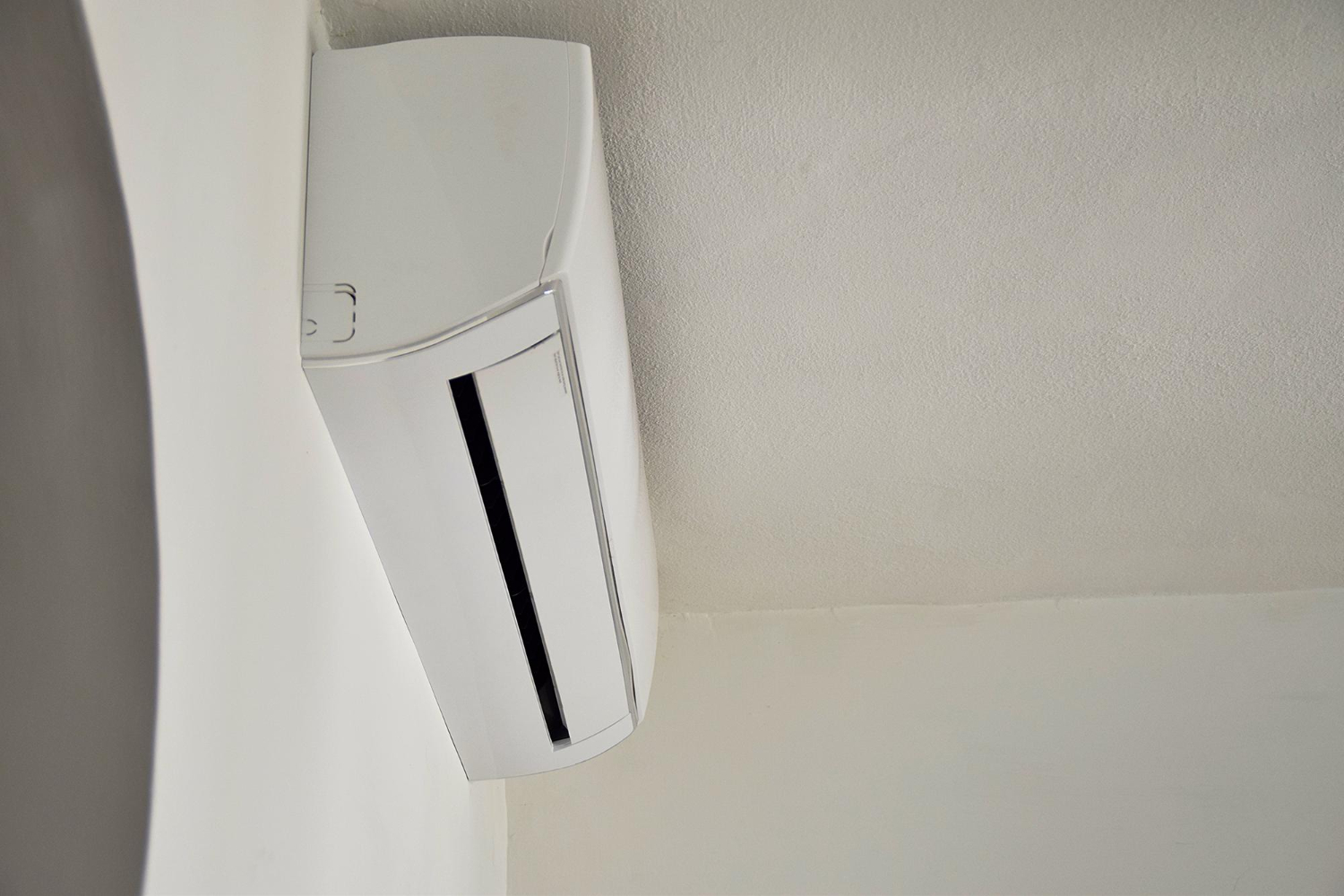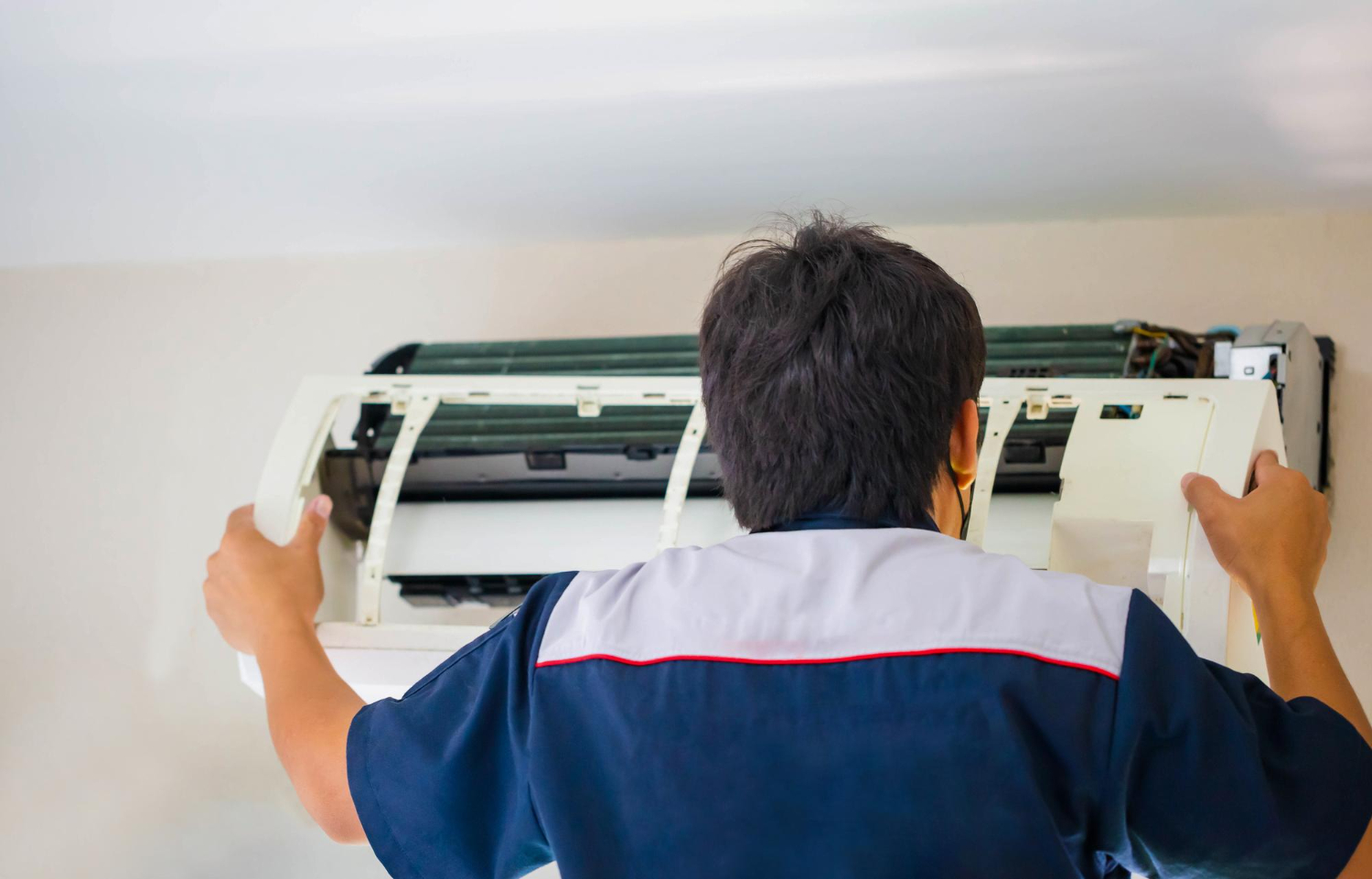Efficient heating is vital for maintaining a comfortable home environment, particularly during the colder months. A well-planned heating installation process not only ensures your home remains warm but also enhances energy efficiency, helping you save on utility bills. Understanding the essential steps involved in heating installation can make a significant difference in both the performance and longevity of your heating system.
Assessing Your Heating Needs
Initial Home Assessment
Before starting the heating installation process, it’s important to conduct a thorough initial home assessment. Our professionals will inspect your current heating system, check for any existing issues, and evaluate the overall condition of your home. During this assessment, we also consider factors like the age of your home, insulation quality, and existing ductwork. Identifying these elements helps us determine the best heating solution tailored to meet your specific needs.
Call Us
Understanding Energy Requirements
Understanding your home’s energy requirements is a critical step in choosing an efficient heating system. We analyze your home’s square footage, ceiling height, and window quality to estimate the heating load accurately. This helps correctly size the heating system to ensure it operates efficiently. Incorrect sizing can lead to either overworking a small system or underutilizing a larger one, both of which can be costly and inefficient. Our goal is to find a balance that provides optimal performance and energy conservation.
Choosing Between Furnace and Heat Pump
After assessing your home and understanding its energy requirements, the next step is to decide between a furnace and a heat pump. Furnaces are powered by gas or electricity and are ideal for extremely cold climates, delivering reliable and consistent heat. Heat pumps, on the other hand, are more energy-efficient and can be used for both heating and cooling. They work best in moderate climates. Our professionals will help you make an informed decision based on your needs, preferences, and local climate conditions.
Selecting the Right Equipment
Comparing Furnace and Heat Pump Options
When selecting heating equipment, comparing the benefits of furnaces and heat pumps is essential. Furnaces typically last longer and can deliver higher heat levels, making them suitable for colder regions. Heat pumps are more versatile as they offer both heating and cooling, making them a year-round solution. They also use less energy, which can result in cost savings over time. Understanding these differences helps you choose the right system tailored to your specific needs.
Importance of Energy Efficiency Ratings
Energy efficiency ratings play a significant role in selecting heating equipment. High-efficiency systems consume less energy, reducing utility bills and minimizing environmental impact. Look for furnaces with high Annual Fuel Utilization Efficiency (AFUE) ratings and heat pumps with high Seasonal Energy Efficiency Ratio (SEER) and Heating Seasonal Performance Factor (HSPF) ratings. Opting for models with these high ratings ensures you get the most out of your investment both in terms of performance and energy savings.
Advanced Features and Technology
Modern heating systems come with advanced features and technology designed to enhance performance and user convenience. Some furnaces and heat pumps have variable-speed fans and multi-stage burners or compressors that adjust to your home’s temperature needs more precisely. Smart thermostat integration allows for remote control and monitoring, providing added convenience and energy management. Our professionals can guide you on which features will best serve your needs, ensuring you select the right equipment with the most beneficial options.
Installation Process Overview
Preparing the Installation Site
Proper preparation of the installation site is essential for a smooth heating system installation. Our professionals will first assess your home’s existing infrastructure to identify any modifications needed. This may include upgrading electrical systems, sealing ducts, or improving insulation. Clearing the area around the planned installation site ensures easy access and maneuverability for our technicians, allowing them to work efficiently and safely. Proper preparation reduces the likelihood of complications, facilitating a seamless installation process.
Step-by-Step Installation Guide
The installation process involves several methodical steps to ensure your new heating system functions perfectly. First, our technicians will remove the old unit, ensuring safe disposal. Next, they will set the new unit in place, carefully aligning it with existing ductwork or creating new connections if necessary. Electrical hookups are then made, followed by the installation of any additional components like thermostats or filtration systems. Once all connections are secure, our professionals will carefully inspect the setup to ensure everything is properly aligned and connected.
Initial Testing and Adjustments
After installation, initial testing and adjustments are crucial to verify the system’s performance. Our technicians will turn on the heating system to check for proper operation, listen for unusual noises, and monitor for any issues. They will measure airflow, verify temperature settings, and ensure the system cycles appropriately. Any necessary adjustments will be made to optimize performance. This testing phase ensures that your heating system operates efficiently and meets all safety standards.
Post-Installation Steps
Setting Up Smart Thermostat
A smart thermostat is an excellent addition to a new heating system, offering enhanced control and energy efficiency. Our professionals will help you set up your smart thermostat, ensuring it syncs correctly with your heating system. They will guide you through the configuration process, showing you how to create schedules, adjust temperature settings remotely, and integrate with other smart home devices. Proper setup maximizes the benefits of your smart thermostat, contributing to more efficient heating and reduced energy costs.
Scheduling Regular Maintenance
Regular maintenance is key to extending the life and efficiency of your heating system. Scheduling routine check-ups with our professionals helps identify and address minor issues before they become major problems. During these maintenance visits, our technicians will inspect and clean components, check for wear and tear, and perform necessary adjustments. Regular maintenance ensures your heating system remains in top condition, providing reliable performance year after year.
Tips for Efficient Operation
Operating your new heating system efficiently requires a few best practices. Keep vents and ducts clean and unobstructed to ensure proper airflow. Use your smart thermostat to set lower temperatures when you’re away and higher temperatures when you’re at home, optimizing energy use. Regularly change air filters to maintain good air quality and prevent the system from overworking. These simple steps help you get the most out of your heating system while keeping energy consumption in check.
Conclusion
Having an efficient heating installation process is crucial for ensuring your home stays warm and comfortable during colder months. From assessing your heating needs and selecting the right equipment to carefully executing the installation process and following up with post-installation steps, each phase plays a significant role in the system’s overall performance and durability. Properly preparing the installation site and conducting thorough initial testing can prevent future issues, while regular maintenance and smart operation practices can extend the lifespan of your heating system.
At Eagle Pipe Heating & Air, our professionals are dedicated to providing top-notch heating installation services. With our expertise, you can be confident that every step of the process will be handled with precision and care. To ensure your home remains cozy and energy-efficient, trust us for all your needs regarding heating installation in Port Ludlow, WA. Contact us today to schedule your consultation and experience the difference a professional installation can make.





